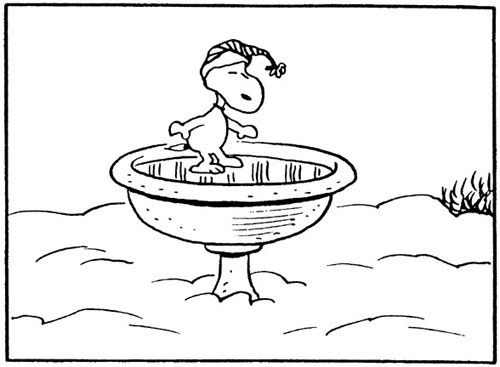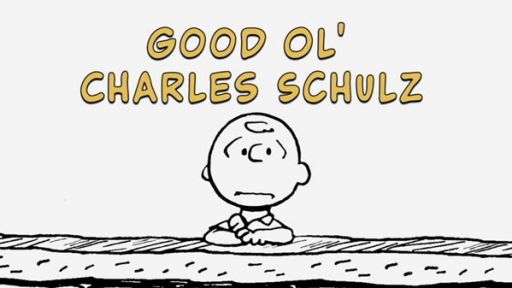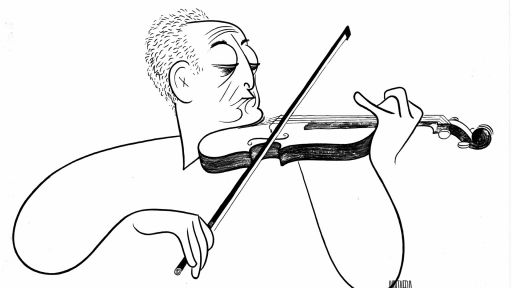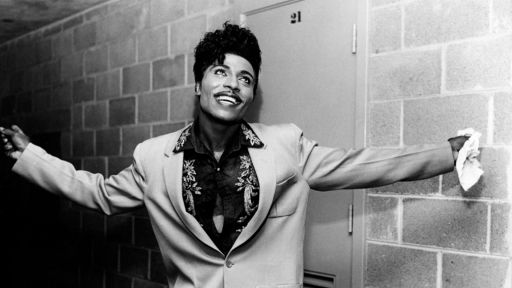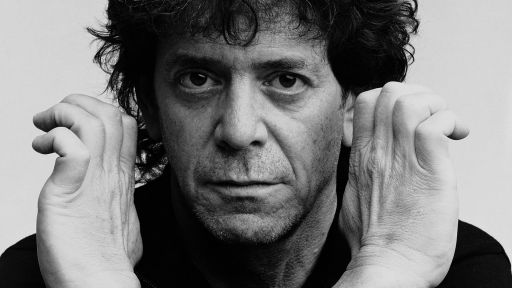Even if you’ve never watched the 1965 animated television special, “A Charlie Brown Christmas,” based on Charles Schulz’s beloved comic strip, “Peanuts,” chances are you’ve heard songs from the film’s soundtrack of the same name — likely in a department store, some Hollywood holiday rom-com or around a family dinner table — without even knowing it.
The album, which includes jazzy renditions of classic Christmas songs such as “Greensleeves,” “O’Tannenbaum,” and “What Child is This,” also features original songs written and performed by pianist Vince Guaraldi, including, “Christmas Time is Here,” and “Skating.” But one song, “Linus and Lucy,” which stands out in particular as an instant modern classic, was actually originally written for another project.
In 1963, Lee Mendelson, executive producer of “A Charlie Brown Christmas,” had just finished filming a documentary on Schulz and his “Peanuts” strip, and knew he needed to add music.
“I had always been a great fan of jazz,” Mendelson muses in his book, “A Charlie Brown Christmas: The Making of a Tradition.” “And while driving back from [Schulz’s] over the Golden Gate Bridge I heard a song called, ‘Cast Your Fate to the Wind.'” Mendelson said it was like nothing he’d ever heard before. “It was jazz, but it was melodic and open and came like a breeze off the bay.”
That song turned out to be the Grammy-winning tune written by Guaraldi for the album, “Jazz Impressions of Black Orpheus.” Mendelson immediately reached out to the fellow San Franciscan to help score parts of the documentary. After working on the score for a few weeks, Guaraldi phoned him up, “very excited,” said Mendelson.
“He said he wanted to play something he had just written,” Mendelson recalled. “I told him that I would prefer to come hear it at his studio rather than over the telephone, but he said he couldn’t wait, ‘I’ve got to play this for someone right now or I’ll explode!’ he said. I told him to go ahead, and what I heard over the next two minutes stunned me. It was perfect for the Peanuts characters! When he returned to the phone, I asked him what he was going to call it. He said, ‘Linus and Lucy.’ Little did we know that years later this piece would become a jazz standard throughout the world.”
As fate would have it, the documentary did not sell to a major network at the time, but it did catch the attention of an advertising agency, whose client, Coca-Cola, were looking to make a Christmas special. The agency asked Schulz and Mendelson to come up with something pronto. After pairing up with animator Bill Melendez, whom they’d worked with before, the trio got to planning. It was Schulz who decided that the score to “A Charlie Brown Special” should “mix some of that jazz music with traditional music,” recalled Mendelson, who immediately commissioned Guaraldi once more to re-work some of the tracks from the documentary as well as score new songs for the Christmas special.
Guaraldi, who used to call himself a “reformed boogie-woogie piano player,” was a “high-energy guy with a great sense of humor,” Melendez remembered of the jazz legend. “He was very contemporary and very improvisational, which gave ‘A Charlie Brown Christmas’ and the other shows a hip sound.”
Mendelson described Guaraldi’s music as “bright” and “childlike.”
“The same way Bill kept the animation simple, Vince kept the music simple. This was jazz that appealed to both kids and adults, that captured the spirit of the characters. The music helped make the shows, and the shows helped make the music,” he said.
Mendelson also recalled that Schulz wanted to create a scene especially to showcase Guaraldi’s “Linus and Lucy” theme, which would eventually become the famous dance segment in the Christmas special.
As production was wrapping up on the film, Guaraldi presented the team a beautiful instrumental song he had recorded with his trio (consisting of bassist Fred Marshall and drummer Jerry Granelli) to open the show with. But Mendelson remembers that everyone felt the song needed lyrics, so he stepped in. “Because we were running out of time, I wrote some lyrics in about fifteen minutes on the back of an envelope,” he said. “The song became ‘Christmas Time Is Here,’ which has become a holiday standard covered by dozens of recording artists. Who knew?”
When “A Charlie Brown Christmas” aired in December 1965, it subverted expectations in many ways, including by omitting the standard “laugh track” which was popular in television at the time, and also by featuring voices of real children to play Charlie Brown, Linus, Lucy and the rest of the gang. The children’s chorus who sang on the tracks, “Christmas Time is Here” and “Hark the Herald Angels Sings,” were also volunteers from a church choir in the Bay Area.
Because of these unique features and the show’s understated tone, CBS executives watched the 30-minute film and immediately assumed it would be a flop.
Everyone, including the creators, were surprised when the special received a record 36 million viewers when it aired December 5, 1965, and then went on to win an Emmy and a Peabody. Today, the special is still broadcast every year to millions — and many believe the music was a huge part of the show’s popularity and lasting impact.
The soundtrack has since hit Quadruple Platinum (over four million copies sold) and has been added to the American National Recording Registry’s list of “culturally, historically, or aesthetically important” sound recordings. Over time, Guaraldi’s songs from the album have also been recorded by many artists including Dave Brubeck, Wynton Marsalis, George Winston and David Benoit, who credited “A Charlie Brown Christmas” for sparking his love of playing jazz piano.
“That was the first time that jazz piano has been used in animation, which helped make it a really groundbreaking show,” Benoit recalled in Mendelson’s book. “I agree with a lot of people who believe that a big part of the success of ‘A Charlie Brown Christmas’ was Vince’s music.”

